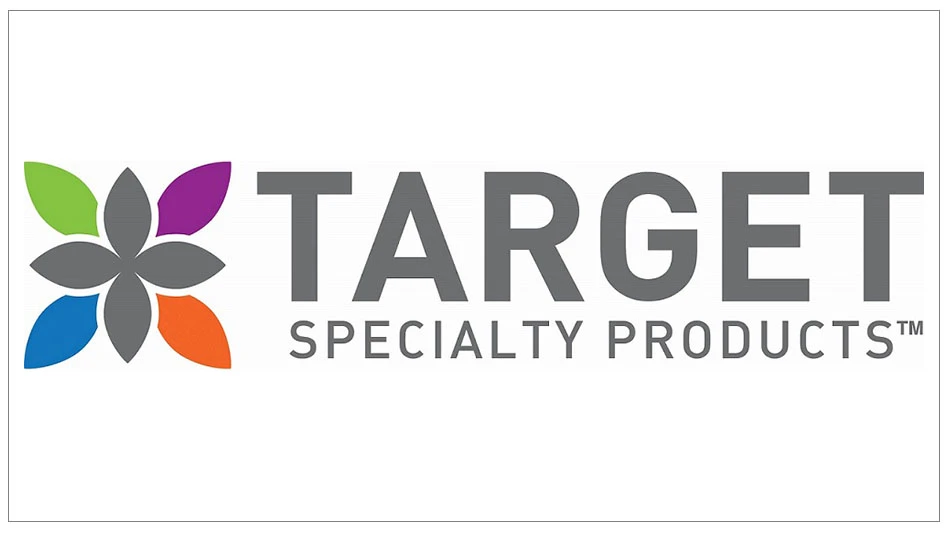Demography is the study of population statistics. Age and gender are the two most widely available demographics, but technology and creativity have figured out ways to extrapolate other information, such as education, household income and even purchasing patterns. Demography is important in marketing because it involves zeroing in on the answer to the primary question we always ask: who is the customer?
DIGGING DEEPER. Right now, you may have at least hundreds and perhaps thousands of customers to whom you provide either periodic pest management services or termite protection. These customers, you might be surprised to learn, fit a generally broad but in some ways narrow demographic profile. If you were to take the time or assume the expense of identifying your customer base in terms of obtaining the answers to a few particular questions, it would make your marketing incrementally more effective. These questions are, first and foremost, with regard to the person who first contacted your company: male or female, how old, what ZIP code, what service were they inquiring about?
The second set of the same questions focuses on who actually made the purchase. A representative sample of your customer base would involve contacting at least 400 customers and obtaining the answers to these questions.
When you have that information, you can, with a certain degree of certainty, assume that your future customers will fit ostensibly the same demographic profile as your existing customers. If 80 percent of your initial contacts for pest management were with a woman between the ages of 35 and 54, and if 50 percent of those who actually purchased your service were these same women, chances are you won’t go broke if you focus your marketing efforts on women, 35-54. Certainly there are other considerations, but if you craft a compelling message in terms of an offer, and if you get that offer heard, seen and read by these customers, you’re on the right track.
THE REASONS WHY. The reasons you want to know this information are simple. Specific demographic groups consume specific media, often to the exclusion of other media. Ever wonder why you don’t see too many beer commercials on Oprah? Ever give thought to why those feminine hygiene products aren’t marketed in Sports Illustrated? Can you get behind the notion that the local Cadillac dealer isn’t going to advertise on the teen-oriented radio station? These are extreme examples, but they illustrate the point that even the best message loses effectiveness if it’s not placed in the right medium of delivery.
Gender demographics are broken down into essentially three categories; men, women and adults (meaning approximately equal numbers of both men and women). Age cells break out in a variety of groupings starting all the way down at 12. For example, 12+ means everyone over the age of 12! Kind of broad, wouldn’t you say? The group 18-34 usually denotes a "younger" customer. Remember, everything is relative. The most desirable "demo" is an adult, 25-54 years of age. These are the prime consumers of virtually every consumer product and service in our culture. Are these your customers? Most probably are, but maybe the 25- to 34-year-olds are not yet living in a single family home or earning at a level that might elect to purchase our services. To me, and I would guess to most of those who market to a broad base of consumers, the target would be an adult, 35-64 or 35+. Hit this group and you’re hitting the majority of folks who want or need one or more of our services.
Now that you know who the customer is, in our next Smart Marketing column we’ll focus on where this person is.
The author is senior vice president of Massey-Persons-Brinati Communications, a subsidiary of Massey Services Inc., Maitland, Fla.

Explore the July 2003 Issue
Check out more from this issue and find your next story to read.
Latest from Pest Control Technology
- CAPMA Hosts 2025 Legislative Day in Sacramento
- Grizz Pest Management Bartends for a Cause
- Rose Pest Solutions Becomes Official Pest Provider of Chicago Fire FC
- WSPMA Hosts Legislative Day at Washington State Capitol
- A-1 Pest Control Marks 59 years in Business
- Hawaii PCO Shares Regulatory Challenges, Business Impacts from Lahaina Wildfires
- 5 Tips for Reducing Waste in the Office and in the Field
- OvoControl Now Available in Chile





